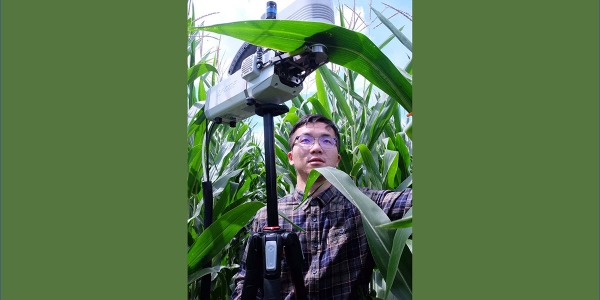With the rising cost of nitrogen fertilizer and its impacts on air and water quality, University of Illinois researchers want to help farmers make more informed fertilizer rate decisions. Their latest modeling effort aims to do that by examining the role of pre-growing season weather on soil nitrogen dynamics and end-of-season corn yield.
“When farmers plant corn in spring, they already know what happened during the pre-growing season, from the previous fall to the spring. Unlike the upcoming growing season, which we can’t reliably forecast, we can use pre-growing season information to guide farmers to adjust their fertilizer application,” says Ziyi Li, doctoral researcher in the Department of Natural Resources and Environmental Sciences (NRES) at Illinois and lead author on the new study published in Field Crops Research.
Li’s model found wetter pre-growing seasons reduced soil nitrogen through leaching. With no added fertilizer in spring, a pre-season uptick in precipitation led to yield reductions between 5 and 14%. But with spring fertilizer applied at about 150 lb nitrogen per acre, the 2018 average rate in Illinois, heavy pre-season precipitation still dropped yield by 1-3%.
Continue reading at University of Illinois Urbana-Champaign
Image via University of Illinois Urbana-Champaign


